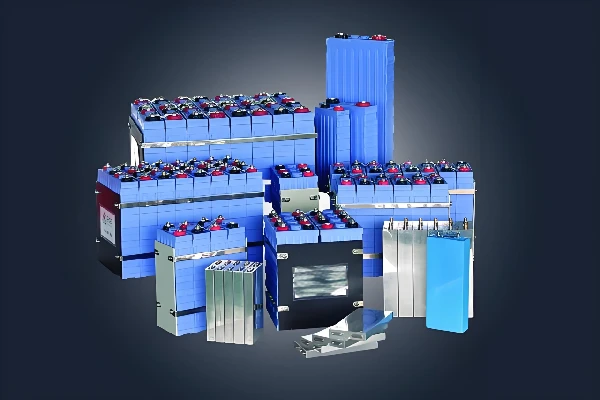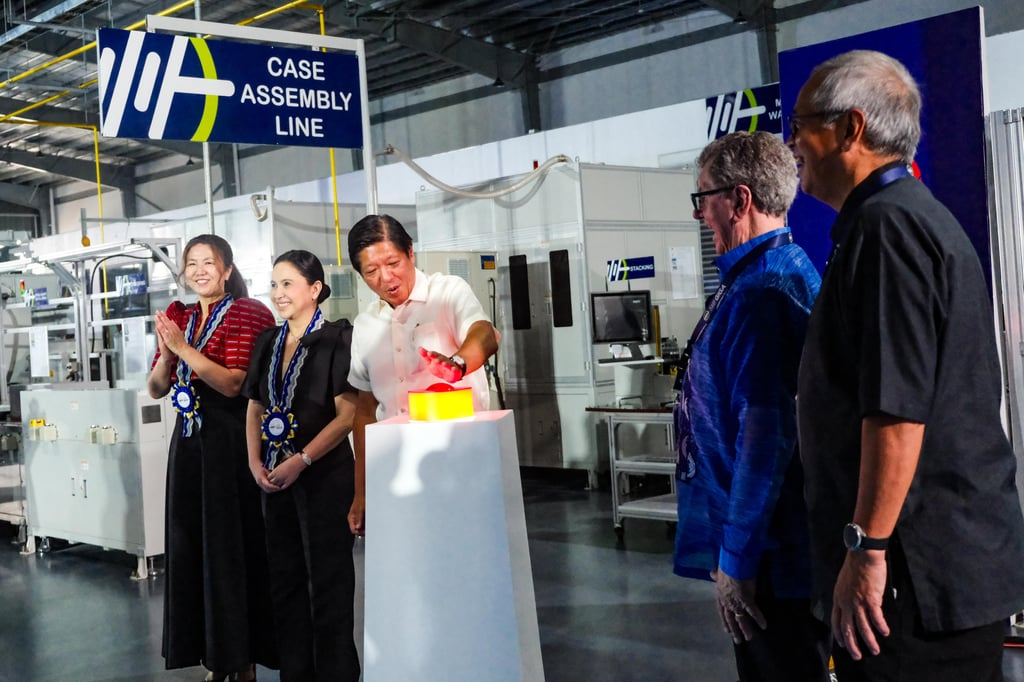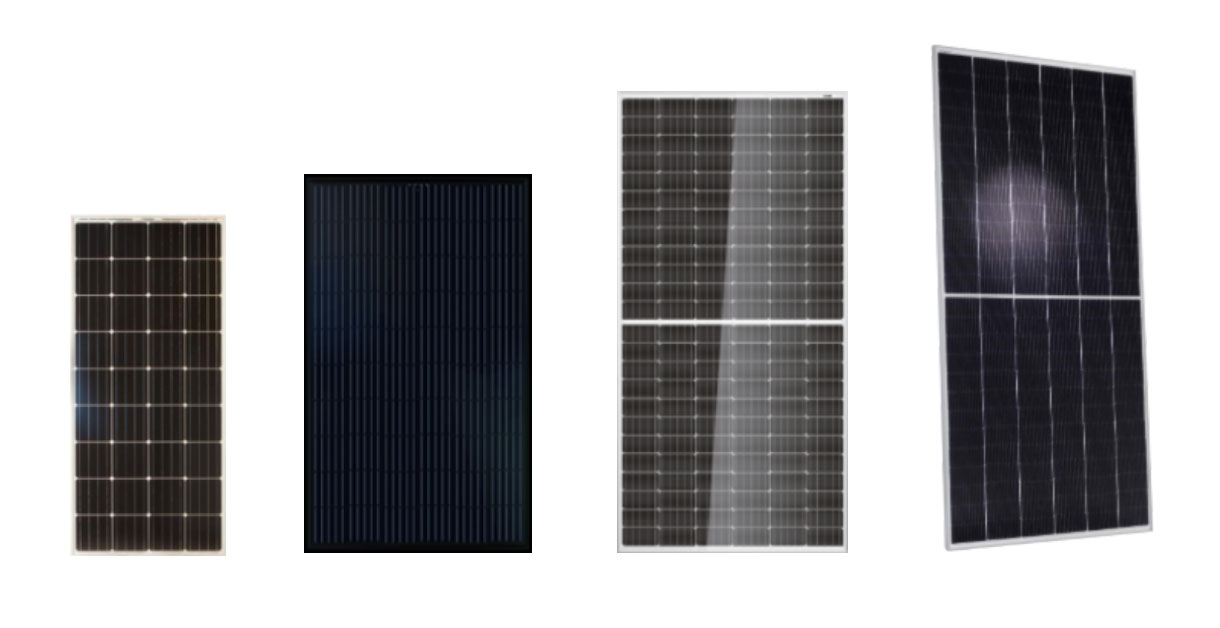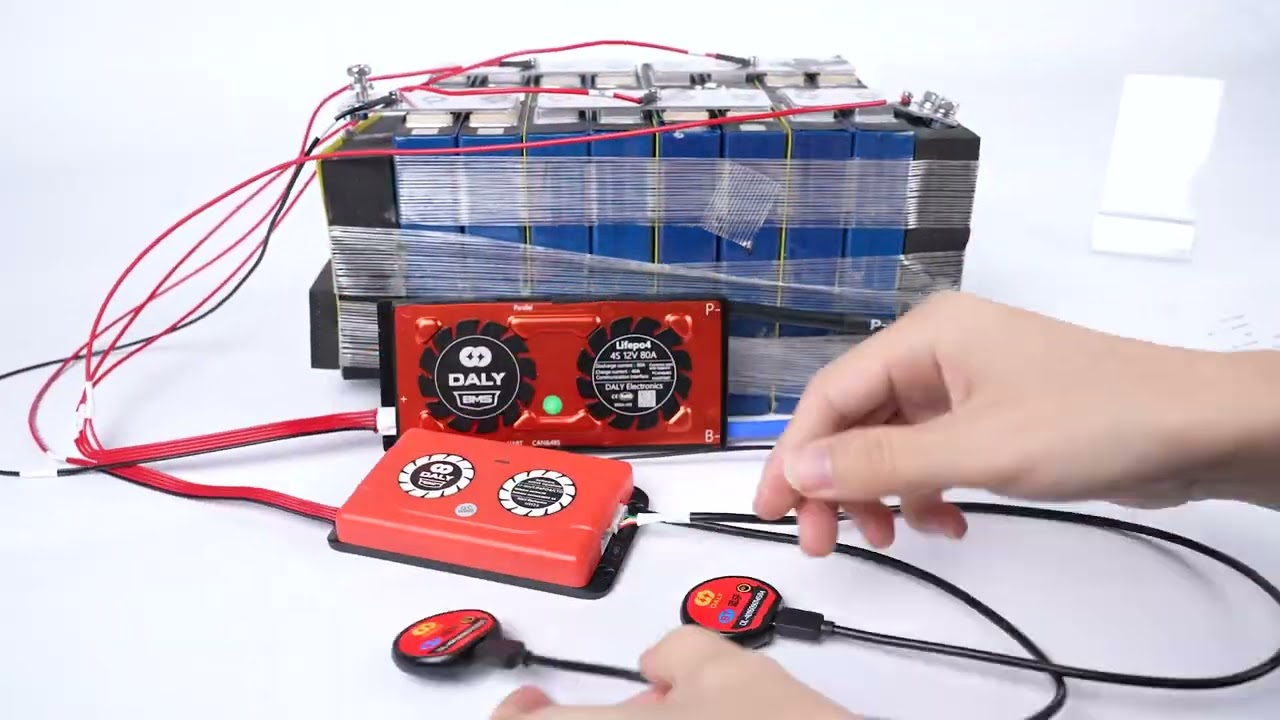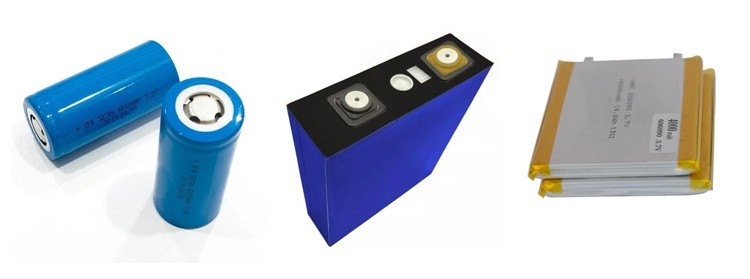How Long Can LiFePO4 Batteries Last
Lithium Iron Phosphate (LiFePO4) batteries have become a popular choice for energy storage in solar setups due to their long lifespan, stability, and efficiency. As solar power systems become more common in homes, businesses, and off-grid applications, the question of how long these batteries last is crucial for determining their cost-effectiveness and sustainability. Understanding the factors that affect the lifespan of LiFePO4 batteries can help optimize their use in solar installations, ensuring that users get the most out of their investment.
Understanding LiFePO4 Batteries
LiFePO4 is a type of lithium-ion battery that offers several advantages over other battery chemistries, such as lead-acid and other lithium-ion types (e.g., lithium cobalt oxide). These advantages include:
- Longer lifespan: LiFePO4 batteries typically last longer than other battery types.
- Safety: They are more stable and resistant to overheating or catching fire, making them safer for residential use.
- Efficiency: They have a higher efficiency in energy conversion, meaning less energy is lost during charging and discharging cycles.
- Depth of Discharge (DoD): LiFePO4 batteries can be deeply discharged (up to 80-90%) without damaging their capacity, which is a significant advantage in solar systems where maximizing stored energy is important.
Typical Lifespan of LiFePO4 Batteries in Solar Setups
The lifespan of a LiFePO4 battery in a solar setup is typically measured in cycles. A "cycle" refers to one complete charge and discharge cycle. LiFePO4 batteries can last anywhere from 3,000 to 7,000 cycles or more, depending on how they are used. If cycled once per day (as is common in solar setups where the battery is charged during the day and discharged at night), this means the battery could last 8 to 20 years or even longer under optimal conditions.
Several factors influence the longevity of LiFePO4 batteries in solar setups:
1. Depth of Discharge (DoD)
- The depth of discharge significantly affects battery lifespan. LiFePO4 batteries can handle deep discharges better than lead-acid batteries, but frequently discharging them to very low levels can still reduce their lifespan. To extend the battery's life, many systems limit the DoD to around 80%, which allows for more cycles while maintaining capacity.
2. Temperature
- LiFePO4 batteries perform well in a wide temperature range, but extreme heat or cold can shorten their lifespan. Operating temperatures between 10°C and 40°C (50°F and 104°F) are ideal. High temperatures can cause the battery to degrade more quickly, while cold temperatures can temporarily reduce its capacity, though it will recover once temperatures normalize.
3. Charging and Discharging Rates
- Charging and discharging rates, also called C-rates, refer to how fast a battery is charged or discharged relative to its capacity. LiFePO4 batteries can tolerate faster charging and discharging than many other batteries, but consistently using high C-rates can cause wear and tear on the battery over time. For optimal longevity, moderate charging and discharging rates are recommended in solar applications.
4. Battery Management System (BMS)
- A well-designed Battery Management System (BMS) is critical for protecting the battery from overcharging, over-discharging, and overheating. The BMS ensures that the battery operates within safe parameters, helping to maximize its lifespan. Solar setups often come with integrated BMS systems that balance energy flow, preventing damage and inefficiencies.
5. Maintenance
- One of the advantages of LiFePO4 batteries over lead-acid batteries is that they are low maintenance. They don’t require frequent water refilling or balancing of cells, which is often necessary with other battery types. However, keeping the system clean, ensuring proper ventilation, and monitoring the performance of the solar panels and inverter can indirectly extend the battery's life.
Real-World Lifespan in Solar Applications
In real-world applications, the lifespan of a LiFePO4 battery can vary based on usage patterns and environmental conditions. In off-grid solar setups where the battery is charged and discharged daily, a LiFePO4 battery can typically last around 10 to 15 years. In grid-tied systems with battery backup, where the battery is used less frequently, the lifespan can extend beyond 15 years.
Moreover, unlike lead-acid batteries, which gradually lose their capacity after a few hundred cycles, LiFePO4 batteries maintain their capacity more consistently over time, only losing around 20-30% of their capacity after several thousand cycles. This slow degradation makes them a durable and reliable option for solar power systems.
Though LiFePO4 batteries come with a higher upfront cost compared to lead-acid batteries, their long lifespan and low maintenance requirements make them more cost-effective in the long run. With their longer cycle life, they often outlast multiple sets of lead-acid batteries, resulting in fewer replacements and lower overall costs. When factoring in the savings on electricity and reduced reliance on the grid, the return on investment (ROI) for solar setups with LiFePO4 batteries can be substantial.
For individuals and businesses looking for sustainable, long-term energy storage solutions, LiFePO4 batteries offer both reliability and financial benefits, making them a smart investment in the transition to renewable energy.

